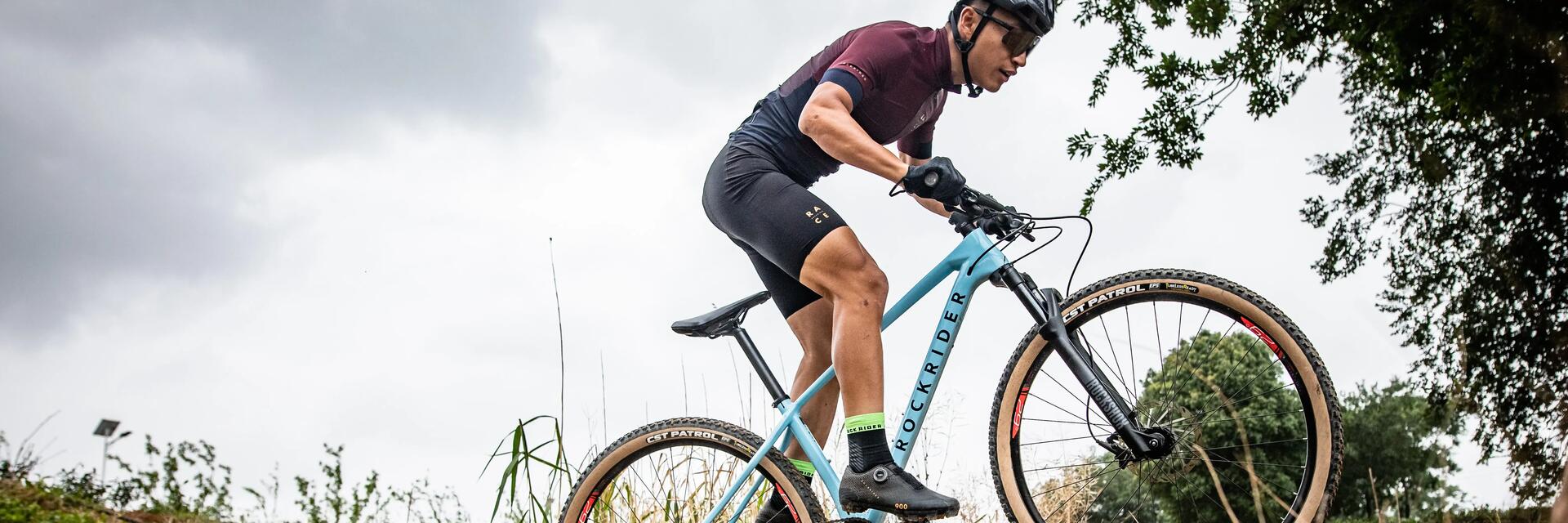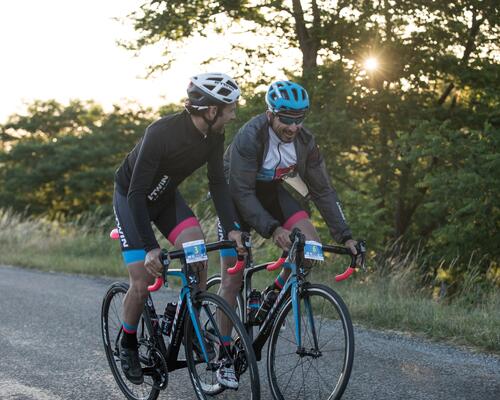The Different Types of Mountain Bikes
Cross-Country
Most similar in makeup to road bikes, these bikes are often more lightweight than trail bikes and offer better pedal efficiency. These bikes are better suited to fast-paced riding opposed to rough terrain. Cross-country bikes can be both hardtail or full-suspension and typically have narrower tires for reduced resistance and enhanced speed.
If pedalling performance is your top concern in a bike, choose a cross-country design for optimal endurance and an efficient ride.
All-Mountain
Similar to trail bikes, all-mountain bikes are best for longer climbs and more challenging descents. This type of bike is lightweight enough to pedal uphill while being sturdy enough to stabilize steep descents on technical trails.
Enduro mountain bikes
Named for a type of racing where riders are timed on their descent, but not the climbs. These bikes therefore have a lower head angle, allowing riders to take on steep and rough technical descents while maintaining the efficiency needed for long climbs back to the top. The balanced suspension is ideal for rocky and rugged, technically-demanding trails, but can be used on a diverse variety of terrain.
Downhill Mountain Bikes
These bikes are strictly for descents and downhill riding, given their short pedalling range. As for frame design, this type of mountain bike offers high travel, these bikes have heavy, sturdy frames that are perfect for jumps, wooden ramps, rocky terrain and steep drops.
The heavy-duty suspension of downhill bikes absorbs impact and maintains stability in the most aggressive terrain. These types of bikes are best-suited to riders that frequent lift-serviced bike parks.
Fat bikes
Characterized by oversized tires ranging from 3.7 to 5+ inches. Tires like these provide traction on sand and snow. While fat-tire bikes can be used on trails, their extra weight and bulky handling can get tiring.













